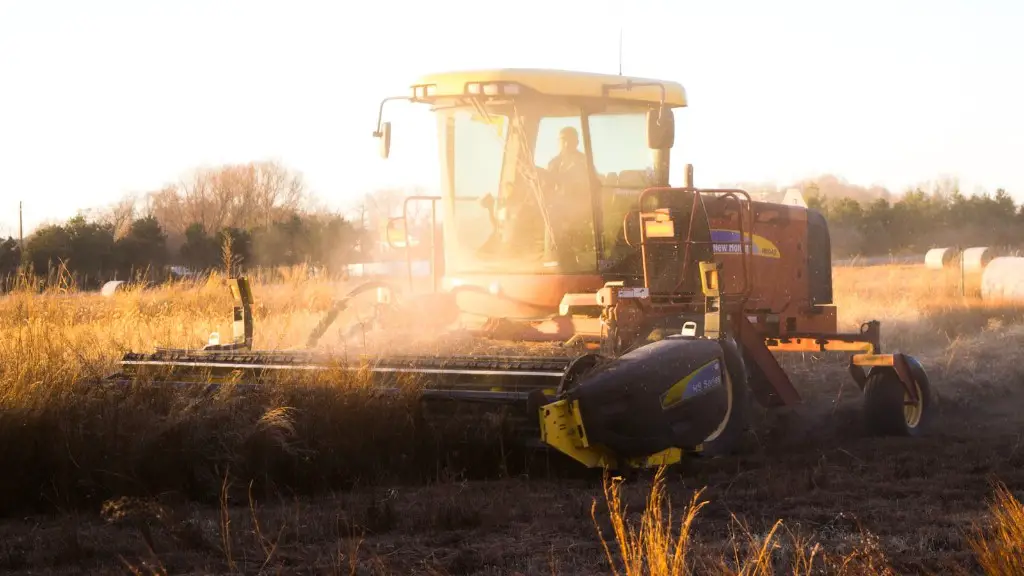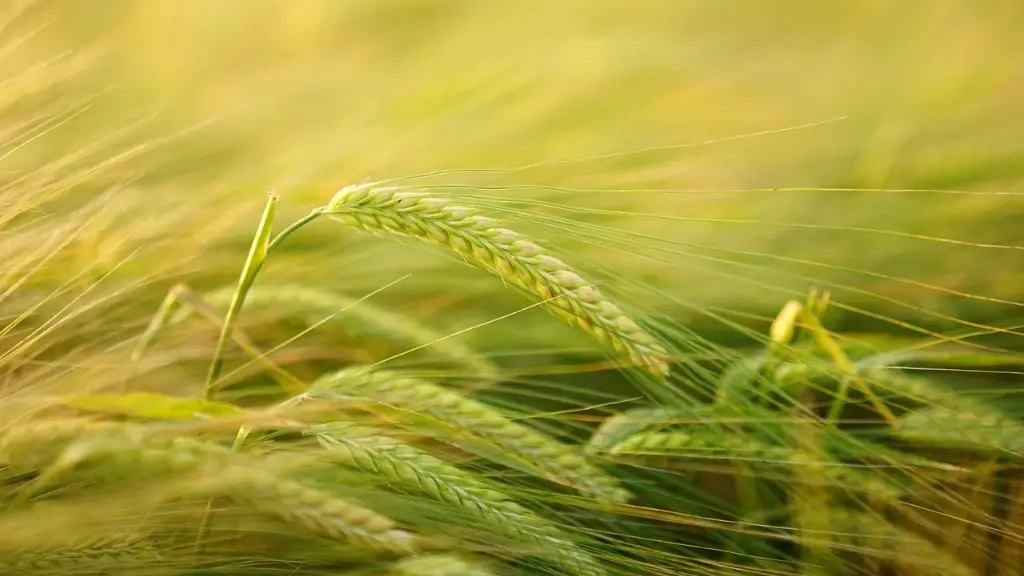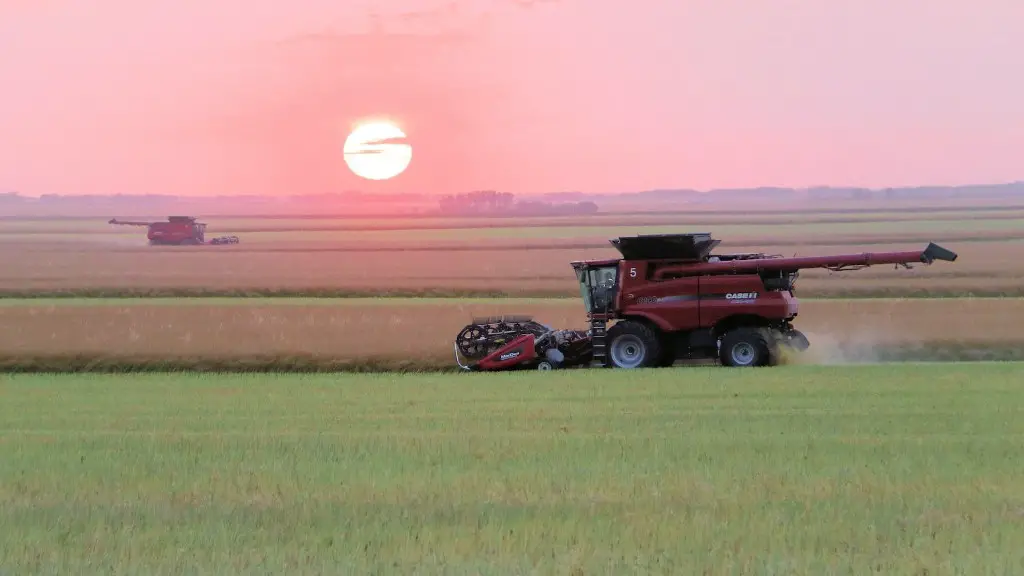Paddocking is a farming technique that involves dividing a farm into sections – usually divided by fences – to divide livestock and to manage the land more effectively. Each paddock is usually set up with its own facilities, such as a water source, shelter and feed, and the number of animals allowed in each paddock is typically managed so that the land within doesn’t become overgrazed. This allows farmers to rotate their herds through different paddocks, as well as selectively manage which areas are grazed. By doing this, paddocking can help reduce fodder wastage, soil erosion and weed infection, while also preserving land and promoting biodiversity.
Fence Lines and Division
When creating paddocks, fences are used for two main purposes: firstly, to physically divide the land into separate blocks, and secondly, to restrict animal movement from one paddock to another. Typically, fencing should be done using permanent structures, such as timber posts and wire, to prevent animals from entering or leaving the paddock. Although temporary structures, such as electric netting, can be used, these types of fences will need to be regularly checked and maintained to ensure their effectiveness.
Fence lines should be set up in a manner that’s easy to manage and clearly visible to both animals and farmers, and some good examples include alternating fence posts and wiring, flags and animal-proof gates. Topographic features should also be taken into account to ensure that water can flow freely over the land, rather than collect in certain paddocks, causing waterlogging and health problems.
Paddock Size, Design and Grazing Analysis
To effectively manage and rotate livestock, paddock sizes should be designed to meet the carrying capacity of the land. This involves estimating the amount of available feed, the amount of water available, and the type of topography present. Doing so ensures that the size is suitable for the number of animals grazing, as well as promoting land regeneration and facilitating access for mustering.
Once the size and fencing of the paddocks have been established, a grazing management plan should be created. This should include the type of feed and forage available, the number of stock allowed in each paddock and the grazing sequence, as well as the dates on which animals will be rotated from one paddock to another. This plan should be regularly checked and adjusted, taking into consideration factors such as weather forecasts, soil moisture, and the amount of available feed.
Increasing Biodiversity, Soil Health and Productivity
By rotating livestock around different paddocks, soil health can be improved. As mentioned, this helps prevent overgrazing in certain areas, allowing ground vegetation to regenerate, which in turns allows for increased biodiversity. Furthermore, vegetation can establish itself more effectively in areas that are not constantly trampled by animals, and this in turn helps trap soil, reduces soil erosion and improves water infiltration.
By encouraging diverse and healthy ecosystems, paddocking also increases the productivity of livestock and land, as animals are able to feed more efficiently on the increased variety of plants available. This in turn has a positive effect on financial profitability, as less fodder and feed needs to be bought in, and the amount of animals reared can be increased.
Considerations and Challenges
Although paddocking is a beneficial technique, there are still some factors to consider. For example, the installation of fences and water sources can prove expensive and time-consuming, and if the fences are not properly managed, this can lead to animals accessing areas they shouldn’t. Furthermore, alternating stock between paddocks must also be managed carefully, as too-frequent stocking can prevent regeneration, as well as leading to ground damage and increased stress levels for the animals.
Integration Into the Modern Farm
Although paddocking is not a new concept, its integration into modern day farms is becoming increasingly popular, largely due to its positive effects on land management. By reducing wastage and soil erosion, as well as increasing the variety of feed available, paddocking can help farmers to improve their overall land productivity, enhancing the quality and profitability of their stock.
Retention of Valuable Soil
Paddocking can also reduce soil disturbances, by allowing vegetation to regenerate and by increasing the trap of soil. This helps to maintain the aeration and moisture of the soil, while also stabilising it and preventing it from eroding away or drying out. As such, paddocking can be considered a valuable tool when it comes to soil conservation.
Herd Management and Welfare
The use of paddocking can also facilitate healthcare and efficient herd management, by providing animals with more varied access to feed and reducing competition for food. This in turn can lead to improved health, as animals can benefit from a more balanced diet, as well as increased levels of comfort, as their movement and stress levels are reduced.
Erosion Control and Eco-Sustainability
On a larger scale, the use of paddocking can also help to reduce soil erosion and the spread of weeds, while promoting eco-sustainability. By improving the water infiltration and reducing plant and animal movements, paddocking can reduce the amount of pollutants, such as synthetic fertilisers and animal wastes, entering the environment, while also trapping sediment before it exits farm land.


